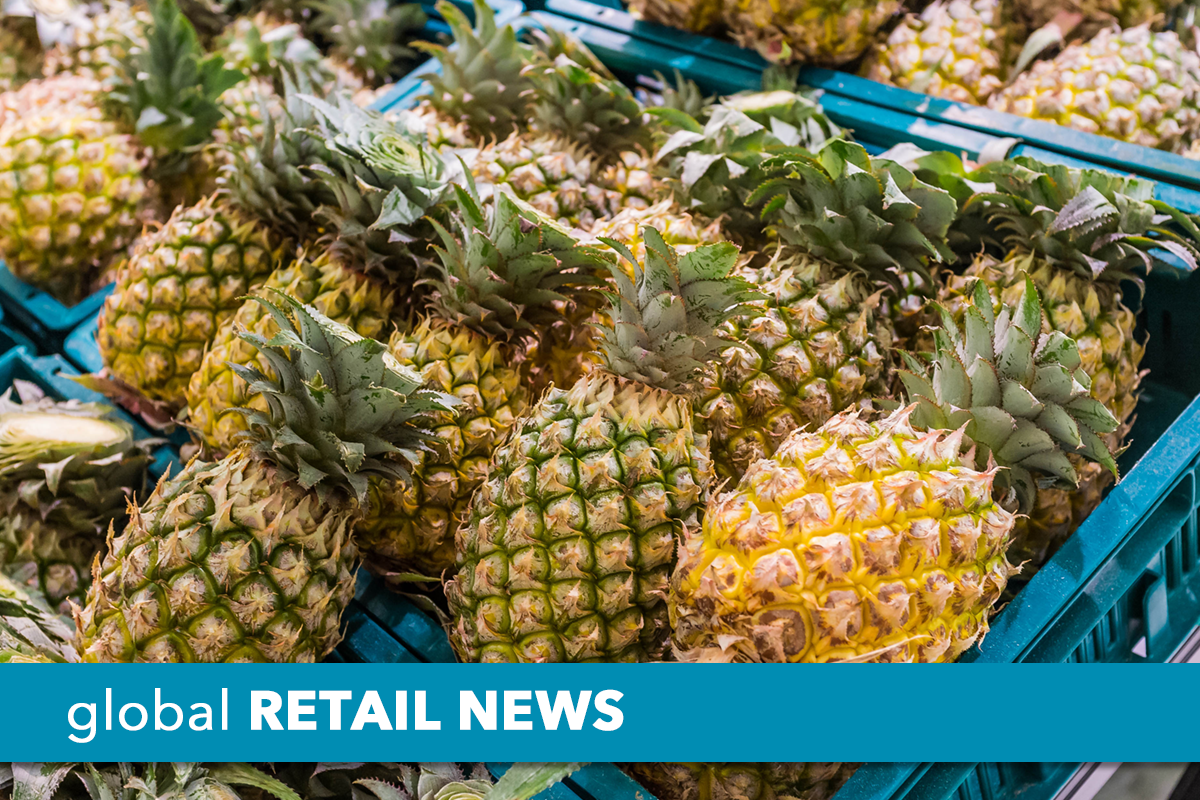Magic at the Miller Botanical Garden
Magic at the Miller Botanical Garden Read More »
Magic at the Miller Botanical Garden Read More »

Holland: Ahold Delhaize announces that Marit van Egmond, CEO of Albert Heijn, Etos and Gall & Gall will leave the companyAhold Delhaize announced that Marit van Egmond, CEO of Albert Heijn, Etos and Gall & Gall has decided to leave after a 28-year career at the company. She will transition as per 30…
Picnic is swapping its current partner Coopérative U for Intermarché Read More »

From June 7, 2024, to March 2, 2025, the Sala Picasso of the Greenhouse at Ciutadella Park in Barcelona hosted an exhibition, with the involvement of the UAB, aimed at showing how human action is altering the balance of the planet and generating climate change with serious consequences. The urban…
Spain: More than 500,000 people visit urban agriculture exhibition in Barcelona Read More »

Skytree and Return Carbon, in partnership with Verified Carbon, announced a collaboration with EDF Renewables North America (EDFR) for the development of DAC facilities in Texas. Return Carbon and EDF Renewables North America (EDFR) have executed a Term Sheet for delivering renewable power to large-scale…
US: Texas based park aiming to remove 500,000 tons of CO2 a year in development Read More »
New Phytologist, Volume 246, Issue 2, Page 689-701, April 2025.
New Phytologist, Volume 246, Issue 2, Page 718-728, April 2025.
New Phytologist, Volume 246, Issue 2, Page 797-806, April 2025.
Plant evolutionary history is largely underrepresented in European seed banks Read More »
I put pomegranates stung by Queensland fruit fly into my biogas digestor that produces my cooking gas and loads of liquid fertiliser.
I was flabbergasted to see fruit fly maggots in the liquid fertiliser output. They have now pupated on the sides of the liquid fertiliser drum.
It seems they have skins that are resistant to bacterial digestive enzymes and can survive the low oxygen environment in the digestion process. On thinking about it, it would be a survival advantage to be able to survive the transit of an animals digestive system.
The digester replicates a cow’s stomach with the same bacteria.
We are told that getting animals to eat fallen fruit is a means of fruit fly control. It now seems that is an incorrect assumption, at least for Queensland fruit fly. So if you have animals eating fallen fruit fly infested fruit, have a look through their fresh dung for maggots.
submitted by /u/grahamsuth
[link] [comments]
Fruit fly maggots in animal poo Read More »